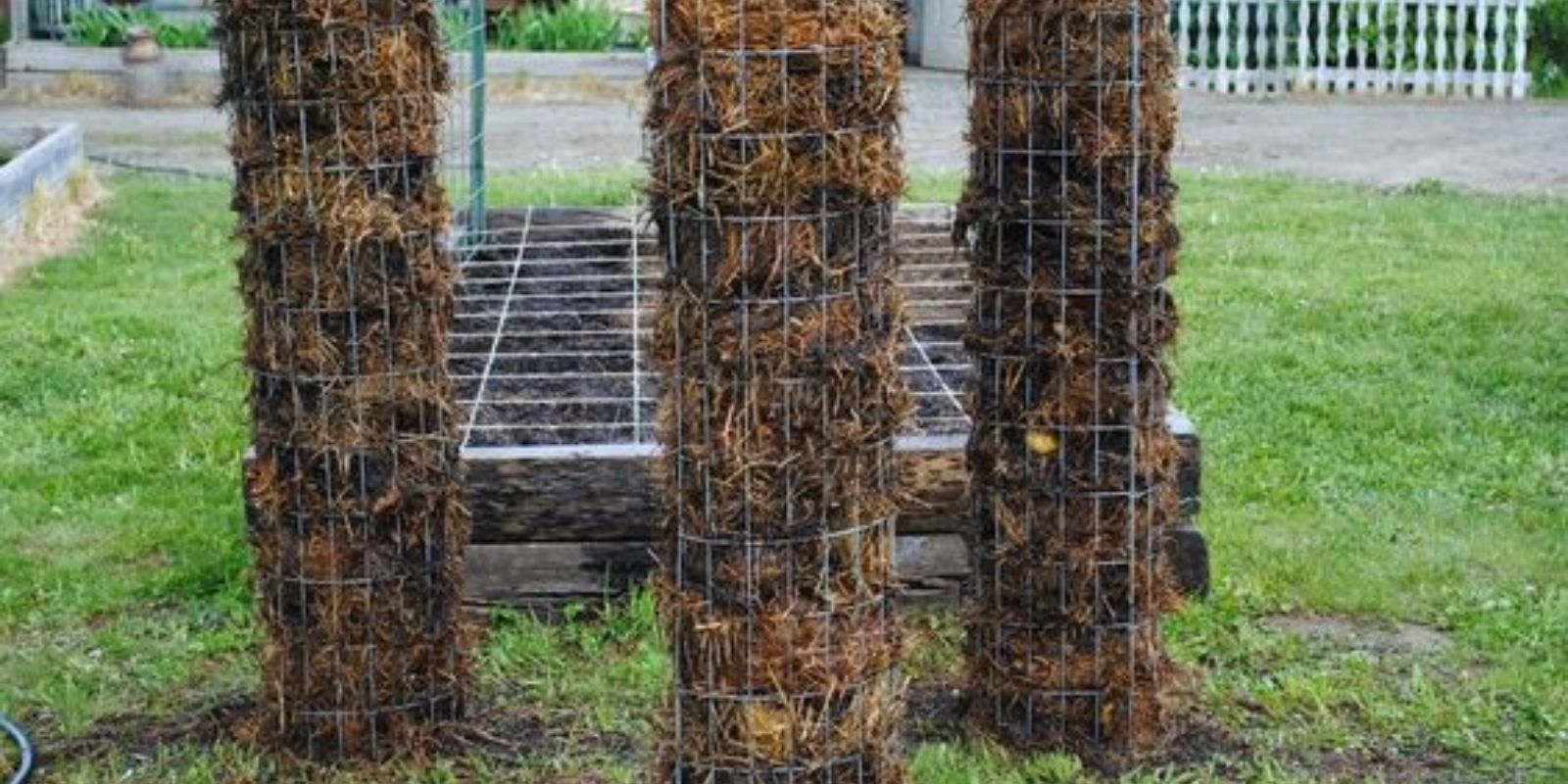Growing potatoes traditionally requires a lot of space, but what if you could significantly increase your yield and save room by growing them vertically? Enter the potato tower: a space-saving, high-yield method that maximizes your gardening potential. This article will guide you through building a potato tower, explaining why it’s an excellent choice for both novice and seasoned gardeners.
Introduction
Potatoes are a versatile and nutritious vegetable that thrives in a variety of growing conditions. However, their traditional cultivation can be space-consuming, requiring a large garden bed or multiple containers. Building a potato tower offers a clever solution to this problem. By stacking layers of soil and seed potatoes in a vertical structure, you can grow a substantial amount of potatoes in a compact area. Not only does this method conserve space, but it also often results in a more abundant harvest.
Materials Needed
To build a potato tower, you’ll need the following materials:
- Wire Mesh or Wooden Slats: For creating the cylindrical structure. Wire mesh is easier to work with and allows for better drainage, while wooden slats provide a sturdy and aesthetic option.
- Staples or Nails: To secure the mesh or slats together.
- Garden Soil: A mixture of garden soil and compost is ideal for growing potatoes.
- Seed Potatoes: Choose certified seed potatoes to avoid disease and ensure a good crop.
- Compost: For enriching the soil and providing essential nutrients.
Step-by-Step Instructions
1. Choose Your Location
Select a sunny spot in your garden where the potato tower will receive at least 6-8 hours of sunlight per day. Ensure the location has good drainage to prevent waterlogging, which can cause the potatoes to rot.
2. Prepare Your Materials
- Wire Mesh Option: Purchase a roll of wire mesh that is about 3 feet high and 2 feet in diameter. You can find this at garden centers or hardware stores. Cut the mesh to the desired height and form it into a cylinder.
- Wooden Slats Option: Use wooden slats to build a similar cylindrical structure. You’ll need enough slats to form a circle that is approximately 3 feet high and 2 feet in diameter.
3. Assemble the Tower
- Wire Mesh: Roll the wire mesh into a cylinder and secure the edges with staples or twist ties. Ensure that the mesh is firmly attached to avoid collapsing.
- Wooden Slats: Nail or screw the wooden slats together to form a cylinder. Make sure the structure is sturdy and can hold the weight of the soil.
4. Layer Soil and Seed Potatoes
- Initial Layer: Place a 6-inch layer of garden soil at the bottom of the tower. You may mix in some compost to enrich the soil.
- Plant Seed Potatoes: Space the seed potatoes about 6 inches apart on the soil layer. Cover them with another 6-inch layer of soil.
- Continue Layering: As the potato plants grow, continue adding layers of soil and seed potatoes. Ensure each layer is about 6-8 inches deep and keep adding soil until the tower is full or the plants reach the top.
5. Water Regularly
Cucumbers need consistent moisture to grow well. Water the potato tower regularly, ensuring the soil is kept consistently moist but not waterlogged. Overwatering can lead to root rot, so it’s important to maintain a balance.
6. Add Compost
Periodically add compost to the tower to provide essential nutrients and support healthy plant growth. Compost will also help retain moisture and improve soil structure.
7. Monitor and Maintain
- Check for Pests: Regularly inspect the tower for pests like aphids or beetles. Address any infestations promptly.
- Support the Plants: As the plants grow, they may need additional support to prevent them from toppling over. Use stakes or ties if necessary.
8. Harvest Your Potatoes
When the potato plants begin to die back, it’s time to harvest. Carefully dismantle the tower, starting from the top. Gently remove the soil and collect the potatoes as you go. Be sure to handle the potatoes carefully to avoid bruising.
Benefits of Using a Potato Tower
- Space Efficiency: A potato tower allows you to grow a large number of potatoes in a small area, making it perfect for gardeners with limited space.
- Improved Soil Drainage: The vertical design ensures excellent drainage, reducing the risk of root rot.
- Ease of Harvesting: Harvesting from a tower is easier and less labor-intensive compared to digging up potatoes from the ground.
- Increased Yield: By growing vertically, you can potentially increase your potato yield compared to traditional methods.
Conclusion
Building a potato tower is a fantastic way to maximize your gardening space and achieve a high yield of delicious, home-grown potatoes. By following the steps outlined in this guide, you can create an effective and efficient growing system that saves space and improves your harvest. Share your experiences and tips for building and maintaining potato towers, and inspire others to try this innovative gardening method. Happy gardening! 🥔🌿
Feel free to discuss your potato tower projects or ask any questions in the comments below. Let’s grow together and enjoy a fruitful potato harvest!

